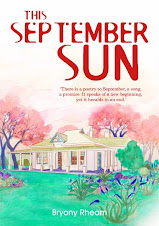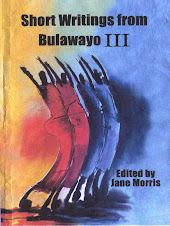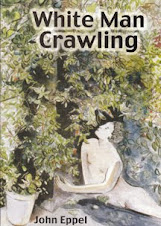The launch of the translation of ’amaBooks
collection of short stories Where to Now?
Short Stories from Zimbabwe into the isiNdebele version Siqondephi Manje?Indatshana zaseZimbabwe took place at the National Gallery
of Zimbabwe in Bulawayo on Saturday March 29.
The book launch was supported by Bulawayo
Agenda and coincided with the Zimbabwe International Book Fair taking place at
the Large City Hall. The audience were welcomed by Voti Thebe, Director of the
Gallery, and Debra Mabunda, chair of the board of Bulawayo Agenda.
The book was introduced by the co-director
of ’amaBooks, Brian Jones, who explained that the collection is the fifth in
the series of short writings that the company have published to date, but that
it was the first of their titles to be translated into isiNdebele. The
translator of the work, Dr Thabisani Ndlovu, spoke about the process of
literary translation and how it is an exacting job to capture the essence of
what the writer wanted to say. He went on to discuss how many words that are
currently used by people when speaking isiNdebele have been incorporated from
other languages but ‘Ndebele-ised’. He felt it important that literature was
produced that reflected common usage so that young people could identify with
it and want to engage in reading. The language used by the translator should
depend on context, for example: a teacher in school would tend to use more
formal language than two young men talking in a beer garden.
Dr Ndlovu spoke of the diversity of the
pieces in the book that came from a variety of cultures and were written in a
number of styles. This diversity is what helps to make Where to Now? such an interesting read, and this is reflected in Siqondephi Manje?.
Following readings from the book by Mzana
Mthimkhulu and Thabisani Ndlovu, who have stories in the anthology, and by Pathisa
Nyathi and Sithandizile Dube, who read from stories by Sandisile Tshuma and
NoViolet Bulawayo respectively, there followed a lively discussion, moderated
by Butholezwe Nyathi, about the state of the isiNdebele language, its future
and writings in isiNdebele.
The event concluded with a brief explanation
by Itai Zimunya of the role of the Open Society Initiative for Southern Africa,
the partner with ‘amaBooks for the translation of Where to Now?.
Amongst the audience of about 100 people
were academics, students, writers and members of the reading public. It was a
well supported event and clearly demonstrated the interest in works in
isiNdebele.













.jpg)


















.jpg)




















.jpg)



























